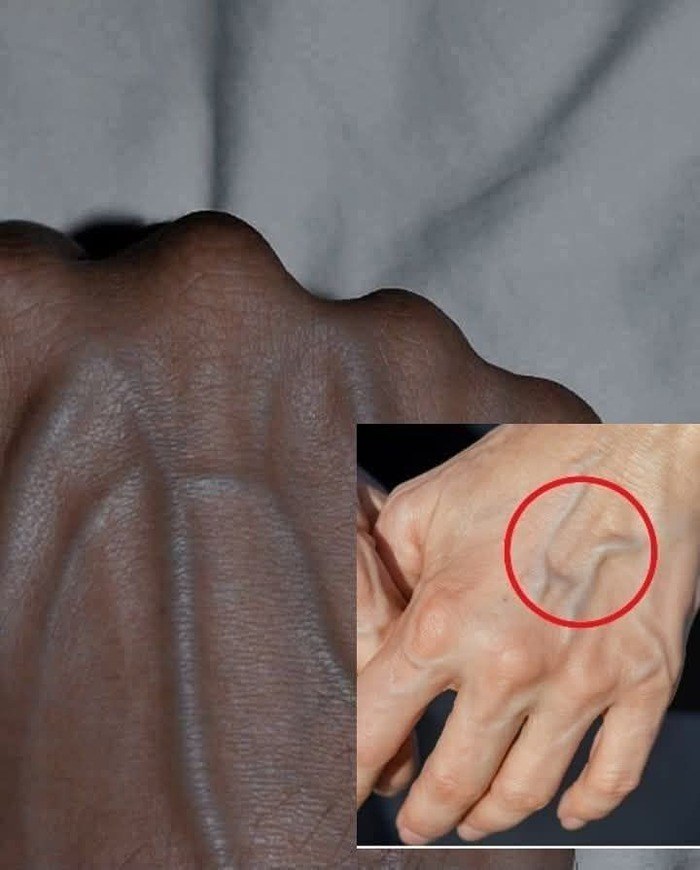Why Are My Veins So Visible? Understanding the Causes and What to Do About Them
Veins are essential for circulation, returning blood to the heart after it delivers oxygen to the body’s tissues. While some people’s veins remain barely visible, others notice them becoming more prominent, especially with age, physical activity, or lifestyle changes. If you’ve ever wondered, “Why are my veins so visible?” you’re not alone. This is a common concern, and though it’s often harmless, it can sometimes indicate a deeper issue worth investigating.
Here’s a comprehensive guide to understanding visible veins — when they’re normal and when they may signal an underlying condition.
Common Causes of Visible Veins
Exercise and Blood Flow:
During physical activity, your heart pumps more blood through your muscles, causing veins to expand. This often leads to the “pumped” appearance, especially in active individuals with increased vascular tone and lower body fat.
Heat and Temperature Changes:
Warm weather or hot showers cause blood vessels to dilate as the body tries to cool down. This temporary expansion can push veins closer to the surface of the skin, but they usually shrink back once you cool off.
Genetics:
Visible veins can simply run in the family. If your parents or grandparents had prominent veins, you’re likely to have them too.
When Visible Veins May Be a Sign of a Medical Issue
While most visible veins are benign, some patterns may indicate underlying circulation problems or vein disease. Here’s what to look for:
Chronic Venous Insufficiency (CVI):
CVI occurs when the valves in your veins weaken, causing blood to pool in the legs. This can lead to swelling, heaviness, cramping, and skin discoloration, especially around the ankles. If left untreated, CVI can progress to varicose veins or even ulcers.
Varicose Veins:
These bulging, twisted veins are often blue or purple and may be painful or cause itching. They occur when vein walls stretch and valves fail, allowing blood to flow backward. While typically not dangerous, they can cause discomfort and cosmetic concerns.
Superficial Thrombophlebitis:
This condition results from inflammation caused by a small blood clot near the skin’s surface. The affected area may feel warm, hard, and tender. Although less serious than deep vein clots, it still requires medical evaluation to prevent complications.
Deep Vein Thrombosis (DVT):
DVT is a serious condition where a blood clot forms in a deep vein, usually in the leg. It can lead to life-threatening complications if the clot travels to the lungs (pulmonary embolism). Symptoms include swelling, pain, redness, and warmth in one leg. Seek immediate medical help if these symptoms appear.
Other Harmless Triggers
Sometimes, visible veins are simply a result of temporary changes that are not related to a medical condition. Dehydration, hormonal fluctuations during pregnancy or menopause, and rapid weight loss can make veins appear more prominent. Even temporary blood flow shifts caused by caffeine, stress, or heat can cause veins to stand out.
When to See a Doctor
You should consult a healthcare professional if:
Your veins suddenly become more visible without a clear cause
You experience pain, swelling, or warmth around your veins
The skin near your veins changes color or texture
You have a personal or family history of vein disease or blood clots
A simple ultrasound can determine whether the cause is cosmetic or medical.
Managing and Treating Visible Veins
If visible veins bother you, either for cosmetic or comfort reasons, several treatment options exist:
Lifestyle Changes:
Regular movement helps promote healthy circulation, preventing blood from pooling in your legs. Maintain a healthy weight, elevate your legs when resting, and stay hydrated. Avoid sitting or standing for long periods to reduce pressure on your veins.
Compression Therapy:
Compression stockings apply gentle pressure to the legs, improving blood flow and reducing swelling. They’re especially helpful for early signs of varicose veins or for people who spend a lot of time on their feet.
Medical Treatments:
For more severe or cosmetic cases, minimally invasive treatments like sclerotherapy (injecting a solution to close damaged veins), laser therapy, or radiofrequency treatment can shrink or seal veins. In extreme cases, surgical removal may be necessary.
Prevention and Long-Term Care
While genetics can’t be changed, you can reduce your risk of vein issues by maintaining healthy habits. Drink plenty of water, avoid smoking, eat a diet rich in fiber and antioxidants, and exercise regularly. If your job or lifestyle involves long periods of sitting or traveling, take breaks to stretch and move every hour.
Cosmetic and Emotional Aspects
Visible veins often evoke different reactions. For some, they are a sign of vitality and athleticism, while others may feel self-conscious about them. Both views are normal. Understanding that veins reflect your body’s circulation and health can help you make peace with their appearance. If visible veins bother you, effective treatments are available.
The Bottom Line
Visible veins are common and usually nothing to worry about. They often result from natural factors like aging, fitness, or temperature, rather than illness. However, if veins suddenly become prominent, are painful, or are accompanied by swelling or discoloration, it’s worth seeking medical advice.
Your veins are a vital part of your circulatory system, and paying attention to how they appear is not vanity — it’s awareness. By recognizing the difference between normal visibility and warning signs, you can protect your vascular health and address any concerns early.
In the end, visible veins are a sign of your body’s hard work — circulation, age, effort, and vitality. Understanding them is the first step in ensuring your circulatory system stays strong and healthy for years to come.
